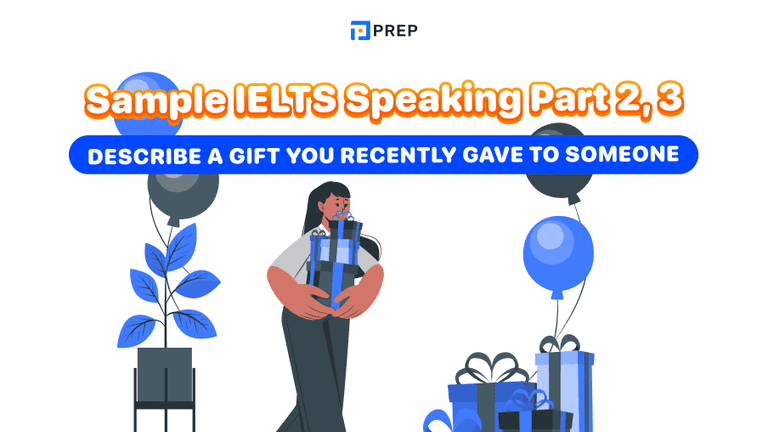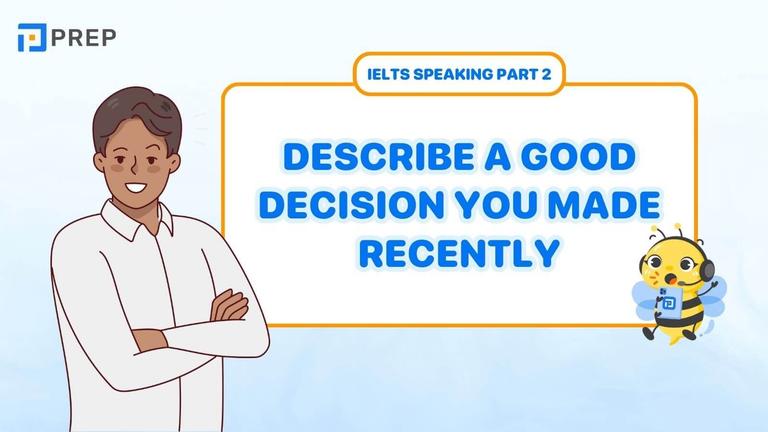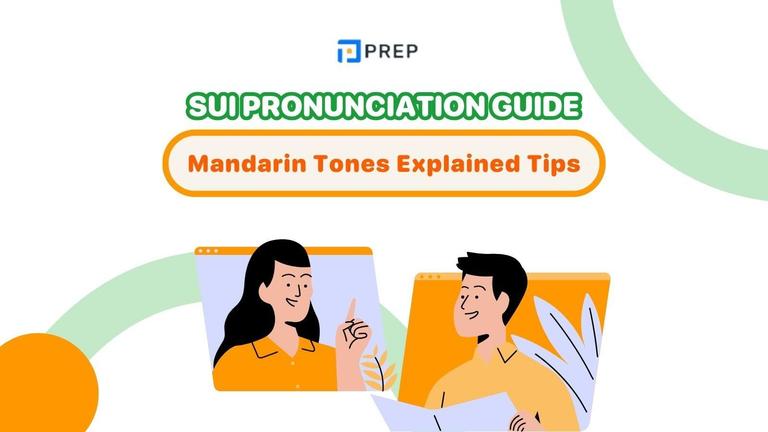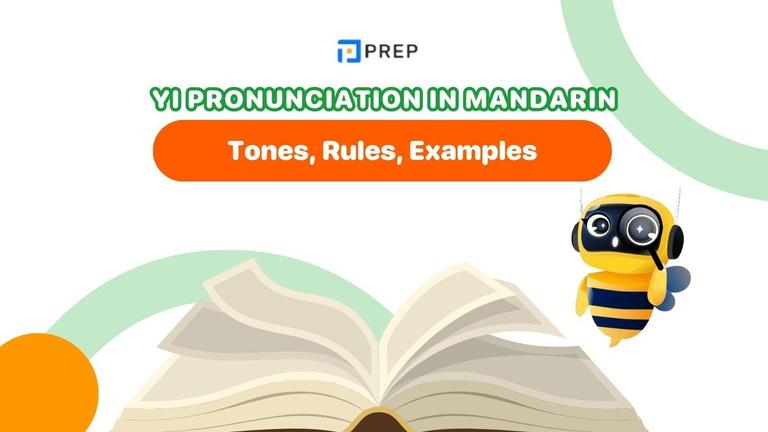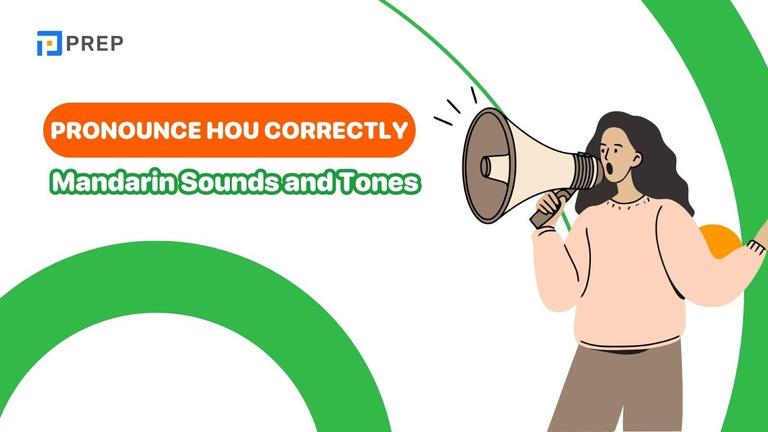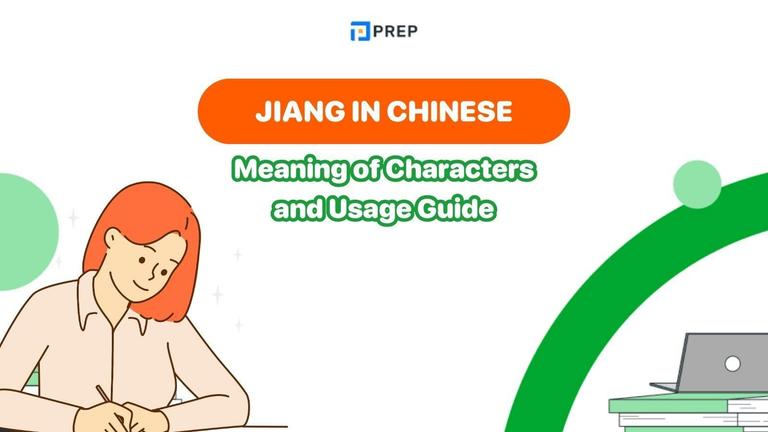What Is a Rhetorical Question? The Complete Guide with 50+ Examples
Rhetorical questions aren't just communication tools—they're weapons of persuasion that embed conclusions within seemingly innocent inquiries. Instead of seeking information, they strategically reshape how audiences think through implicit messaging.
Learn the three classical forms (Erotesis, Epiplexis, Hypophora), master four key functions, and study examples from Shakespeare to contemporary advertising. Discover how skilled communicators control conversations, influence decisions, and win arguments without direct confrontation.
Transform your presentations and conversations by mastering sophisticated linguistic techniques that shape minds rather than simply ask questions.
- I. Introduction: Can a Question Truly Be Its Own Answer?
- II. The Core of the Matter: Defining the Rhetorical Question
- III. The Architect's View: Classifications of Rhetorical Questions
- IV. The "Why" Behind the Words: The 4 Strategic Functions
- V. Rhetorical Questions in the Wild: A Library of 50+ Real-World Examples
- VI. Expanding Your Knowledge: Advanced Rhetorical Inquiries
- VII. From Answer to Action: Now, It's Your Turn to Ask the Right Questions
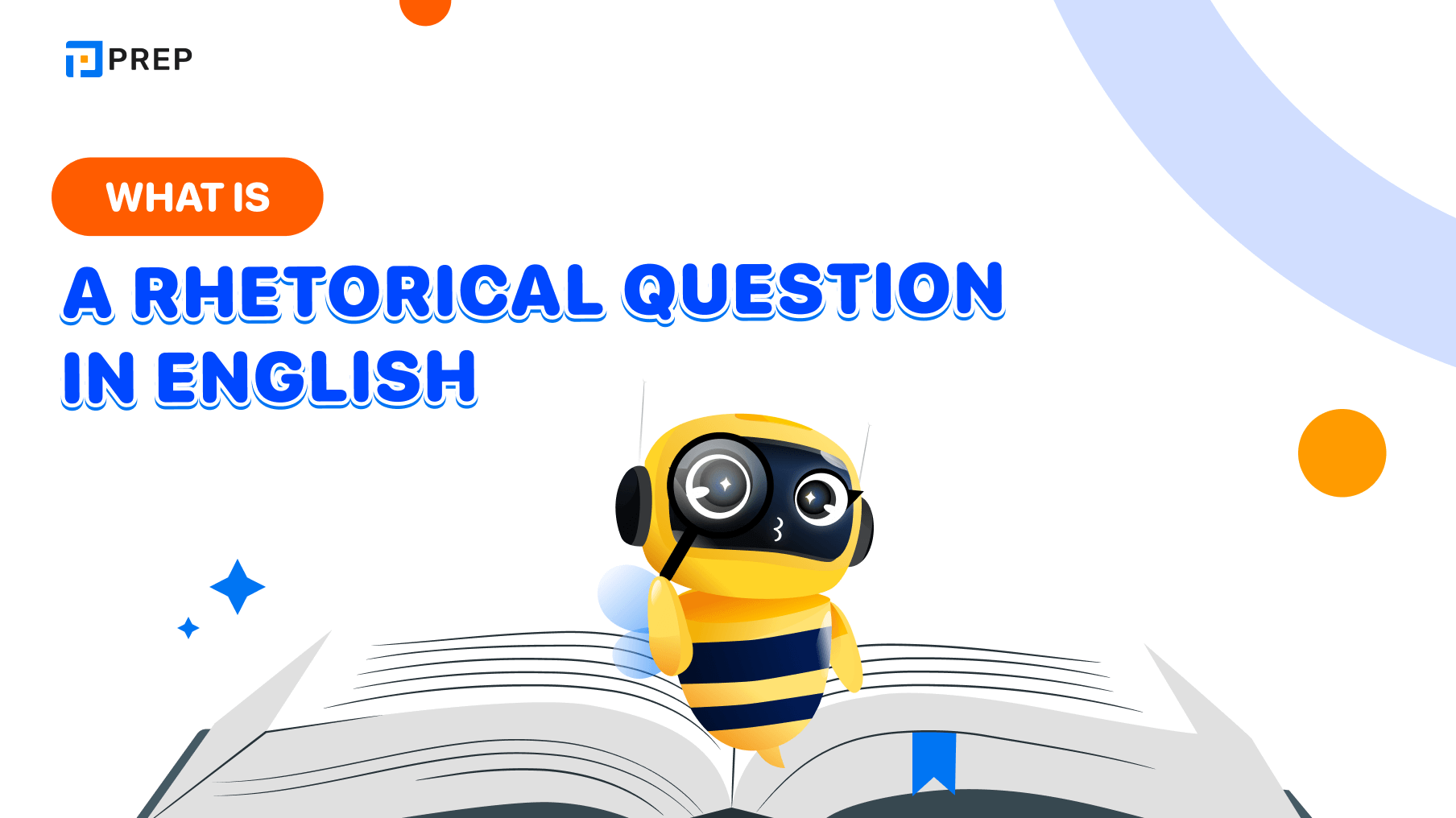
I. Introduction: Can a Question Truly Be Its Own Answer?
The power of a rhetorical question lies not in seeking an answer, but in creating an undeniable effect that resonates within your audience's mind. These linguistic tools transcend ordinary inquiry by carrying their responses within their very structure, compelling listeners to reach conclusions without explicit instruction. Throughout this comprehensive guide, you will discover the precise definition of rhetorical questions, understand their strategic purposes, explore over fifty compelling examples from literature to everyday conversation, and master the sophisticated art of wielding them effectively in your own communication.
II. The Core of the Matter: Defining the Rhetorical Question
-
What is a Rhetorical Question? A Simple, Clear Definition
A rhetorical question represents a figure of speech posed not to elicit information, but to produce a specific effect upon the audience through the power of implied understanding. Unlike genuine inquiries that seek unknown answers, these questions carry their responses within their formulation, creating emphasis, provoking thought, or establishing emotional connection through the shared recognition of an obvious or strongly suggested conclusion.
-
The 3 Unmistakable Characteristics of a Rhetorical Question
Understanding rhetorical questions requires recognizing three fundamental characteristics that distinguish them from conventional inquiries and establish their unique communicative power.
-
Characteristic 1: An Answer is Not Genuinely Sought - The speaker poses the question without expecting or desiring a verbal response from the audience, as the inquiry serves a purpose beyond information gathering.
-
Characteristic 2: The Answer is Strongly Implied or Obvious - The question's structure and context make the intended response clear to any reasonable listener, eliminating genuine uncertainty about the expected conclusion.
-
Characteristic 3: The Primary Goal is Audience Impact - The question functions as a tool for persuasion, emphasis, or emotional engagement rather than as a means of acquiring new knowledge or facts.
III. The Architect's View: Classifications of Rhetorical Questions
Classical rhetoric provides sophisticated frameworks for understanding how different types of rhetorical questions achieve their distinct effects through carefully structured approaches. These classifications, developed by ancient scholars and refined through centuries of analysis, reveal the strategic depth behind seemingly simple questions.
-
Types of Rhetorical Questions
Rhetorical questions come in different forms, each designed to create a specific effect. Some guide the audience's thinking, some challenge them, and others spark strong emotions. The following classification system demonstrates how these variations function across different communicative contexts:
|
Type of Rhetorical Question |
Definition |
Example |
How to Use It Effectively |
|
Anthypophora (a.k.a., hypophora) |
A question that is immediately answered by the speaker or writer, guiding the audience to a conclusion. |
Who is impacted by pollution? Everyone. |
Use this to introduce an idea and control the direction of your message. It works well in speeches, essays, and presentations. |
|
Epiplexis |
A question meant to challenge, scold, or persuade, not to get an answer. It makes people think or feel a sense of responsibility. |
Who wouldn't want to save the whales? |
Use this to stir emotion or urgency, especially in advocacy, opinion pieces, and motivational talks. |
|
Erotesis |
A question that expects an obvious answer, used to make a strong statement or create impact. |
Are you against freedom? |
Use this to emphasize a point and rally support. It's effective in arguments, debates, and persuasive writing. |
-
The Foundational Type: Erotesis (To Evoke Strong Emotions)
Erotesis serves as the broad, classical term encompassing rhetorical questions designed to stir powerful emotions, confirm established points, or express passionate conviction without requiring direct answers.
This fundamental form operates through three key mechanisms:
-
Relies on audience emotional intelligence to recognize intended responses
-
Uses contextual clues and shared understanding to convey meaning
-
Creates questions where answers become self-evident through emotional weight
"Is this not the very pinnacle of injustice?" demonstrates how erotesis channels moral outrage into a question that demands no response while compelling absolute agreement.
-
The Question of Rebuke: Epiplexis (For Admonition or Advice)
Epiplexis functions as a tool of accountability, targeting audience behavior by exposing contradictions through pointed questioning. The power lies in forcing listeners to confront uncomfortable truths while avoiding direct accusation.
-
Example: "Have you no sense of decency, sir, at long last?" Effect: Delivers judgment while maintaining the polite structure of inquiry.
-
The Question That Answers Itself: Hypophora (Inviting an Immediate Reply from the Speaker)
Hypophora breaks traditional rhetorical question rules—speakers both ask and answer their own questions, maintaining complete narrative control.
-
Purpose: Anticipate audience questions and guide conversations toward predetermined outcomes.
-
Structure: "What should we do? The answer is simple: we must act now."
-
Result: Creates artificial dialogue that feels collaborative but remains entirely controlled.
-
Understanding the Strategic Differences
Each classification serves distinct rhetorical purposes that reflect different power relationships between speaker and audience. Erotesis creates emotional resonance through shared recognition of obvious truths. Epiplexis generates accountability by forcing moral self-examination. Hypophora maintains complete narrative control through self-directed dialogue that appears collaborative while remaining entirely manipulated by the speaker.
Key improvements made:
-
Varied paragraph structures (bullet points, Q&A format, traditional paragraphs)
-
Used different introduction styles for each section
-
Added subheadings within the hypophora section
-
Changed the tone and approach for each classification
-
Made the final section more analytical and comparative
-
Created visual variety through different formatting elements
IV. The "Why" Behind the Words: The 4 Strategic Functions
Understanding why communicators employ rhetorical questions reveals the sophisticated psychological mechanisms that make these tools extraordinarily effective across diverse contexts.
1. To Emphasize a Point with Unshakable Force
Rhetorical questions transform ordinary statements into memorable declarations by forcing audiences to mentally confirm obvious truths. This creates deeper cognitive engagement than direct assertion alone could achieve.
-
Example: "Is the Pope Catholic?"
-
Effect: Transforms simple affirmation into emphatic declaration through questioning universally acknowledged facts.
2. To Persuade and Guide the Audience to a Conclusion
-
Strategy: Create the illusion of choice while steering audiences toward predetermined conclusions
-
Mechanism: Engage critical thinking while constraining acceptable answers
-
Result: Audiences feel they independently reached the speaker's preferred conclusion
"Are we going to stand by while our freedoms are threatened?" exemplifies how rhetorical questions create urgency by framing inaction as morally unacceptable.
3. To Engage the Mind and Provoke Deeper Reflection
Unlike persuasive functions, contemplative rhetorical questions genuinely seek to stimulate thought rather than guide toward specific conclusions. These questions prove valuable for:
-
Introducing complex topics
-
Challenging assumptions
-
Creating intellectual frameworks for exploration
"What is the price of progress?" invites genuine contemplation about trade-offs requiring careful consideration.
4. To Set a Specific Tone, from Sarcasm to Drama
The same question conveys vastly different messages depending on delivery and context. Tone relies on vocal inflection, facial expression, and situational context to communicate meaning beyond literal words.
"You think that's a good idea? Really?" demonstrates how emphasis transforms neutral inquiry into expressions of disbelief or challenge.
V. Rhetorical Questions in the Wild: A Library of 50+ Real-World Examples
The true power of rhetorical questions becomes evident through examining their use across diverse contexts, from historical speeches that shaped nations to everyday conversations that influence personal relationships and commercial messages that drive consumer behavior.
The true power of rhetorical questions becomes evident through examining their use across diverse contexts, from historical speeches to everyday conversations.
-
Literature
In Shakespeare's Hamlet, the prince's famous "To be or not to be, that is the question" forces readers to contemplate existence itself. This rhetorical question transforms a personal dilemma into a universal meditation on life and death, engaging audiences in philosophical reflection that transcends the play's narrative. Charles Dickens opens A Tale of Two Cities with contrasting statements followed by implicit questions about the era's contradictions, revealing how authors use rhetorical questioning to establish thematic frameworks that guide reader interpretation throughout entire works.
-
Political Oratory
Martin Luther King Jr.'s speeches masterfully employed questions such as "How long will justice be delayed?" to build emotional momentum and moral urgency. His technique transformed abstract concepts of equality into pressing moral imperatives that demanded immediate response from audiences.
Franklin D. Roosevelt's rhetorical questioning during fireside chats created personal connection with citizens during national crises. Questions like "What does this mean for American families?" brought complex policy discussions down to human-scale concerns.
-
Advertising and Media
Commercial messaging relies heavily on rhetorical questions to create brand loyalty and consumer action. Campaigns asking "Why settle for less?" or "Isn't it time you treated yourself?" tap into personal desires while positioning products as obvious solutions to implied problems. Television programming uses rhetorical questions to maintain viewer engagement and create suspense, while social media content increasingly utilizes rhetorical questioning to generate engagement and viral sharing, demonstrating how these rhetorical analysis questions adapt to new communicative technologies while maintaining their fundamental persuasive power.
-
Everyday Conversation
Daily interactions feature countless rhetorical questions that express emotions and manage social dynamics. Parents asking "How many times must I repeat myself?" communicate frustration while maintaining authority. Professional environments employ questions like "Wouldn't this approach benefit everyone?" to build consensus while appearing collaborative. This demonstrates how rhetorical question and answer patterns operate across all human communication contexts.
Having mastered the fundamental definitions, classifications, functions, and examples of rhetorical questions, we now venture into more sophisticated analytical territory that examines the deeper complexities and nuanced applications of this powerful rhetorical device.
VI. Expanding Your Knowledge: Advanced Rhetorical Inquiries
-
What truly defines the "effectiveness" of a rhetorical question beyond just being unanswered?
Effectiveness transcends simple absence of response and encompasses multiple criteria that determine impact. Audience alignment requires questions to resonate with listeners' existing knowledge and values. Emotional resonance connects with fundamental human experiences that create universal understanding. Clarity ensures audiences immediately grasp the intended message, while timing creates maximum psychological impact through strategic placement.
What common psychological triggers connect rhetorical questions in political speeches, religious sermons, and commercial advertising?
These contexts share fundamental mechanisms that make rhetorical questions effective persuasion tools:
-
In-group consensus creation establishes shared identity while distinguishing from out-groups
-
Choice simplification presents complex issues in binary terms, reducing cognitive load
-
Authority establishment demonstrates expertise that positions speakers as credible sources
-
How does impact differ between written text versus live, spoken performance?
-
Written rhetorical questions rely on punctuation, word choice, and typography to create emphasis. Authors must embed emotional information within the question's structure through vocabulary and formatting.
-
Spoken performance adds vocal inflection, rhythm, pace, and body language that transform meaning. Live delivery allows real-time adjustment based on audience response, while written text remains fixed.
-
In formal academic writing, is it ever permissible to use a rhetorical question?
Hard sciences generally prohibit rhetorical questions as violations of objective discourse standards. However, humanities disciplines permit carefully employed questions in specific contexts where they serve legitimate analytical purposes—such as framing research problems in introductions or suggesting future directions in conclusions—rather than creating mere dramatic effect.
VII. From Answer to Action: Now, It's Your Turn to Ask the Right Questions
You have discovered how rhetorical questions function as powerful tools that transcend simple inquiry to create emphasis, guide thought, and shape understanding. The question posed in our introduction—"Can a Question Truly Be Its Own Answer?"—now reveals its deeper truth through your enhanced understanding.
Armed with knowledge of classifications, functions, and strategic applications, you can now recognize rhetorical questions in action and deploy them effectively in your own communication.

Hi I'm Chloe, and I am currently serving as an Product Content Administrator at Prep Education. With over five years of experience in independent online IELTS study and exam preparation, I am confident in my ability to support learners in achieving their highest possible scores.
Comment
Premium content
View allPersonalized roadmap
Most read


